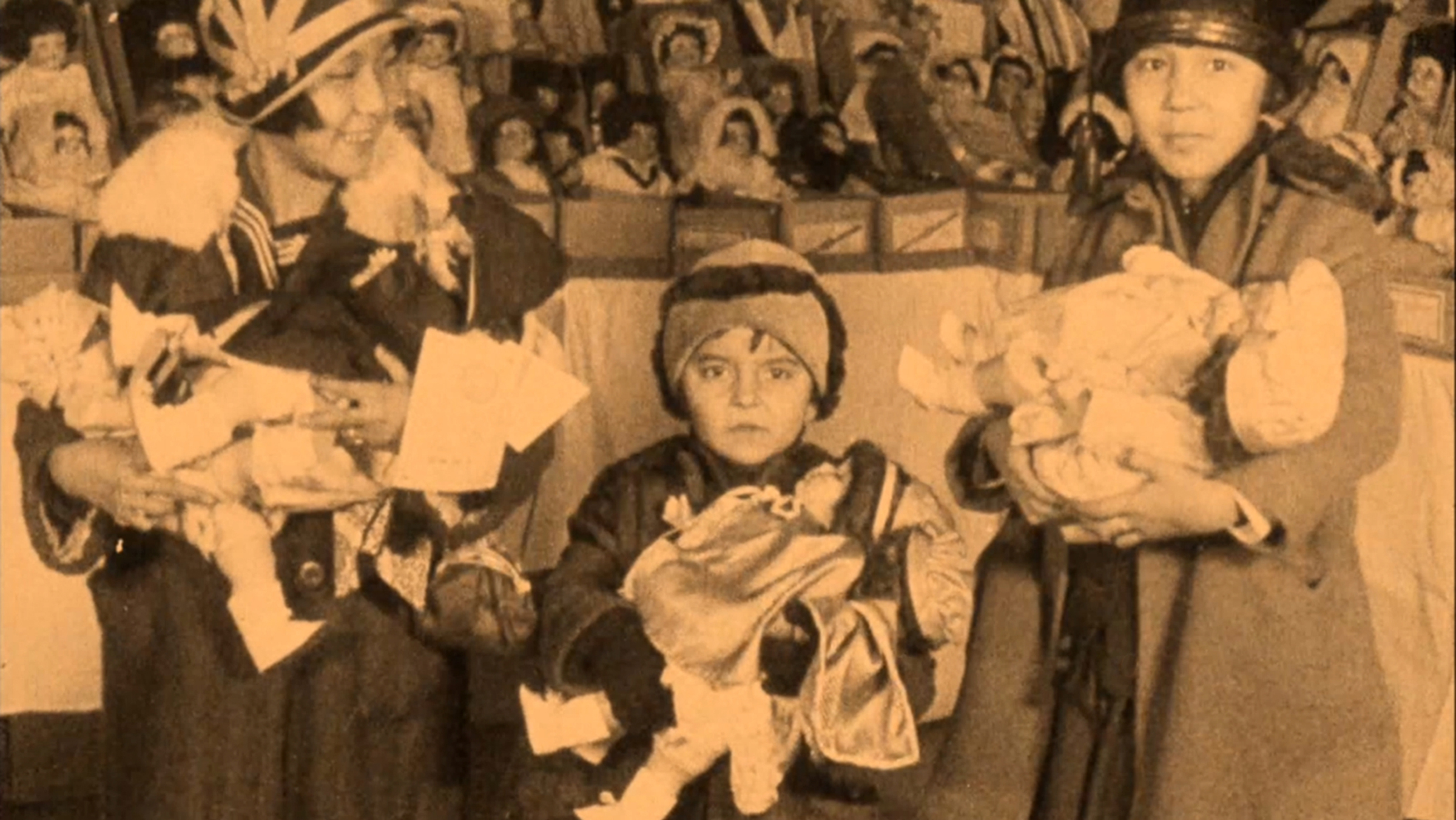Presenters: Mindy Johnson, Kyle Westphal, and Nicholas White
A GREAT NOISE
The live Foley artists of their time, percussionists deployed whistles, blocks, bells, ratchets, anvils, and all manner of delightfully specific noisemakers known as “traps” to perform sound effects for silent movies. While some of these traps were common in late 19th-century theater and vaudeville, it was the demand created by the opening of thousands of movie houses across the country that allowed them to multiply and flourish in the silent era. In collecting and sometimes restoring these artifacts, Chicago-based musician NICHOLAS WHITE has amassed the largest number of antique traps in the world, along the way researching exactly how they were put to use. White can soon be seen demonstrating this often neglected history in Martin Scorsese’s Killers of the Flower Moon, which includes a segment re-creating a live-radio drama from the 1930s.
ANIMATED LADY
Unnamed among a cohort of male animation artists in a series of portraits from the early 1920s and later dismissed as “possibly a cleaning lady or secretary,” Bessie Mae Kelley finally takes her rightful place in animation history—thanks to the dogged research of scholar MINDY JOHNSON. Author of a landmark 2017 book on the women artists at Disney and instructor of animation history at California Institute of the Arts and Drexel University, Johnson embarked on a years-long search that eventually led her to the garage of a descendant of Kelley’s in San Diego, where she uncovered a trove of the animator’s drawings, journals, and cans of films, including 1921’s Flower Fairies. These newly discovered films mark the earliest surviving hand-drawn animation, animated and directed by a woman.
GOODWILL AMBASSADRESSES
Doll Messengers of Friendship, from 1927, celebrates the exchange of friendship dolls that occurred between Japan and the United States after World War I when the urgency of bridging cultural divides was keenly felt. Organized by Dr. Sidney Gulick’s Committee on World Friendship Among Children, the program eventually shipped more than twelve-thousand handsewn dolls to Japan, where they were feted in lavish ceremonies attended by dignitaries and schoolchildren as part of Hinamatsuri, the annual Japanese doll festival. A parallel effort in Japan organized by industrialist Eiichi Shibusawa resulted in fifty-eight exquisitely made Japanese dolls that were presented to select American schoolgirls with accompanying pageantry on a nationwide tour. The extant nine-minute fragment of this precious find, which shows how the dolls were received in Japan, has been preserved on film by the Chicago Film Society, whose KYLE WESTPHAL presents it in a 35mm print.

